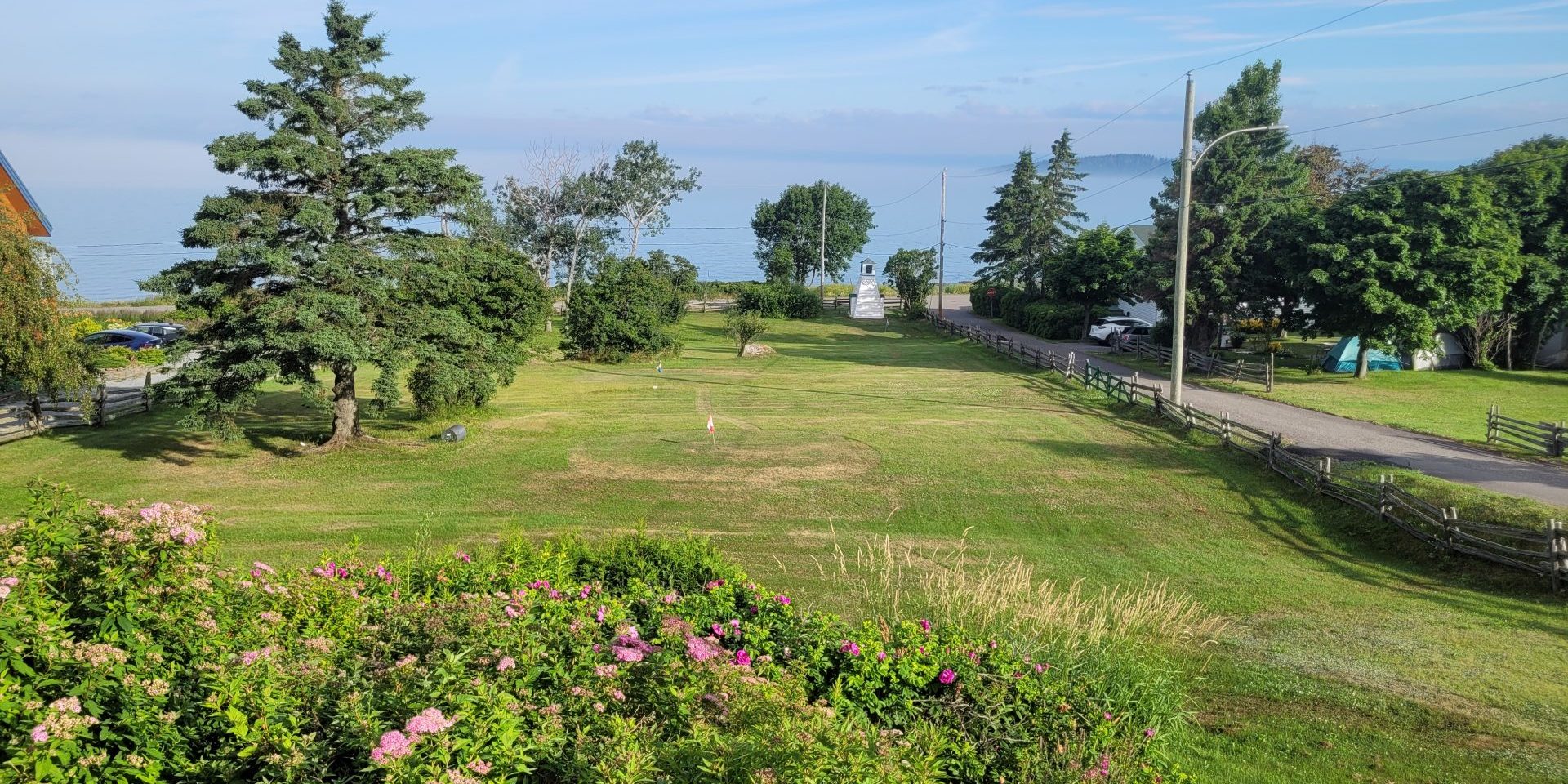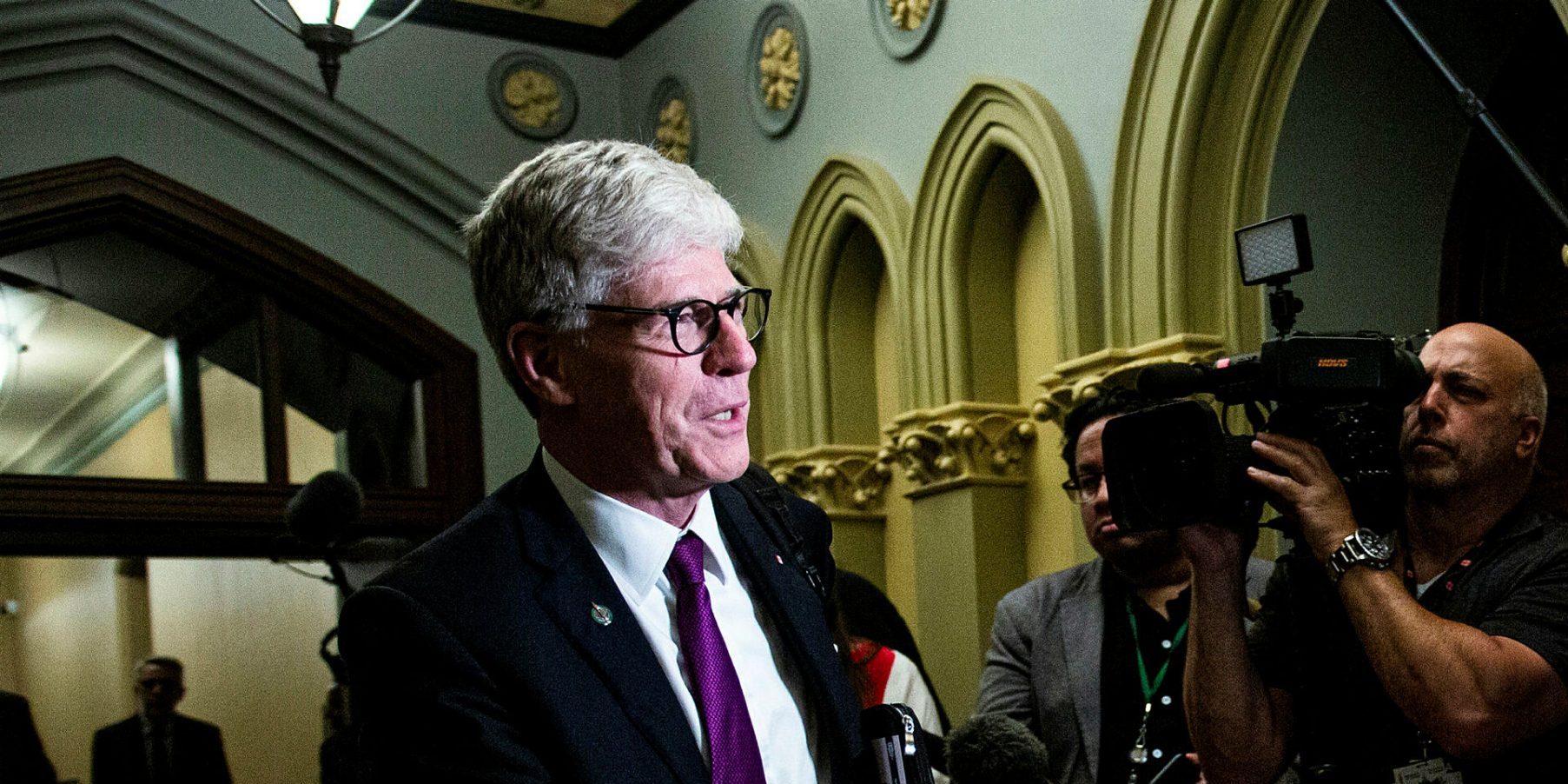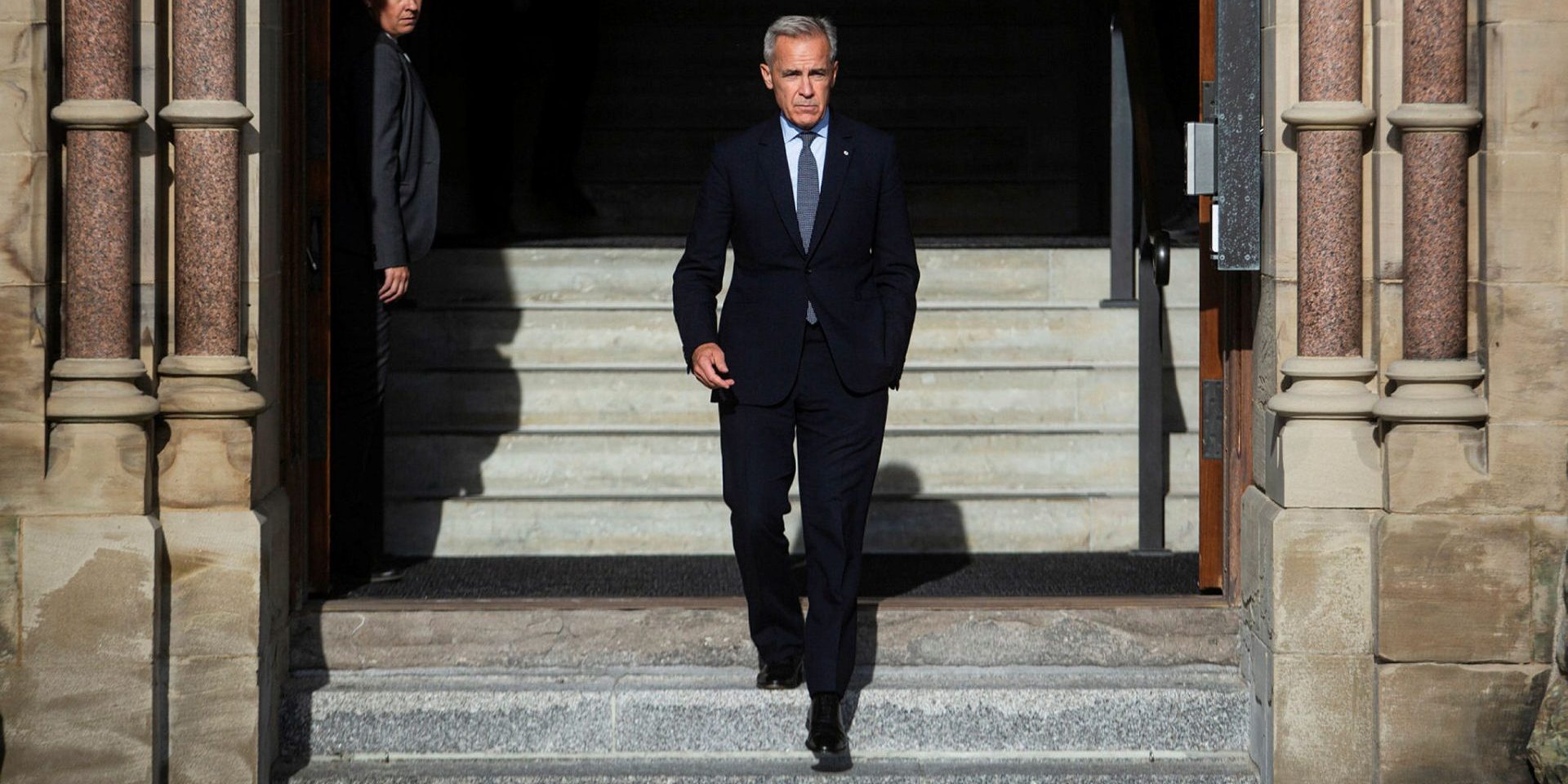Rural Canada is finally getting its moment

KAMOURASKA, QUE.—Rural Canada is at last on the national agenda. That is, it was front and centre at the Federation of Canadian Municipalities meeting in Ottawa this past weekend. I was there, representing Kamouraska town council, along with 1,500 other municipal leaders, many of us from small towns, northern communities, and regional governments.
In what the Federation of Canadian Municipalities (FCM) called the “Rural Stream,” delegates examined issues affecting the 20 per cent of Canadians who live in rural municipalities. Workshops and a plenary emphasized agriculture, natural resources, rural infrastructure, economic development, and broadband connectivity. There was also discussion on public safety, tourism, immigration, and the simple challenges of managing small populations in wide open spaces.
For towns like Kamouraska, every one of those challenges is pertinent. With an aging population—two in three of us is over 60 years old—we have to worry about becoming a ghost town. As a farming town measuring about 40 square kilometres, we have lots of rural roads to maintain. And with only two industries to speak of—agriculture and tourism—councillors like me want to assure the town can always pay its bills.
Our budget of $2-million for a town of 600 people places us among the wealthier municipalities in our region, and we are fortunate our summer residents can afford the recent increase in property values. But many residents on fixed incomes have lived here for years, and they have to count their pennies. Although more than 500 people flock here each day in the summer, it is these permanent residents who ride out the rest of the year, and pay the cost of being an attractive destination.
By the same token, our farming community is mostly in the dairy industry, which is reliant on supply management and its quotas for ongoing prosperity. But critics constantly complain the system is inefficient and adds costs to Canada’s milk. That is not necessarily true, but supply management is being targeted by the United States and President Donald Trump, who wants massive American factory farms to get full access to the Canadian market. Several of our local producers are spending millions of dollars installing robotic barns to be more efficient, but the question is: will they survive if supply management is ended?
It was refreshing to see the concerns of rural Canada taken to heart, and given such a broad hearing. In the rural plenary, it was pointed out that one-quarter of the country’s GDP comes from rural Canada, and agriculture alone generates more employment than oil and gas, steel and aluminum, and vehicle manufacturing combined. The suggestion was that the constant focus on urban Canada by past Liberal governments has been seriously misplaced.
As a result, in the separate rural workshops there was plenty of discussion on the challenge of getting the attention of the Carney government. One of the great challenges is the Liberals elected most of their MPs in urban ridings, while the Conservatives dominated the West and rural Canada.
This made me think of the Pierre Trudeau government for whom I worked in the 1980s. In the 1980 election, it failed to elect an MP between Winnipeg and the Alberta border. At the time, rural MPs from Ontario and Quebec were “twinned” with ridings held by Conservatives, to assist them getting access to the bureaucracy, and nabbing the ears of ministers. I would think a similar effort would benefit rural Canada. In Kamouraska, we have not elected a government MP in many years.
At the end of the conference, the FCM unveiled its strategy—“The Future of Rural Canada”—which it calls “a bold roadmap to unlock the full potential of rural communities as essential partners in national prosperity.” It sees rural Canada as being the key to building “a more resilient, inclusive economy for all Canadians.”
The report focuses on ensuring infrastructure like railways open rural areas to international markets, as well as addressing crime issues, growing rural housing, and advancing climate resilience.
In my discussions with my colleagues in other rural municipalities, there was a genuine desire to see change, and from my discussions with the FCM executives, including the new president, Vancouver Councillor Rebecca Bligh, it was clear despite her urban pedigree that this is an important issue. All I can say is, it can’t come soon enough.
Andrew Caddell is retired from Global Affairs Canada, where he was a senior policy adviser. He previously worked as an adviser to Liberal governments. He is a town councillor in Kamouraska, Que. He can be reached at pipson52@hotmail.com.
The Hill Times






 LICENSING
LICENSING PODCAST
PODCAST ALERTS
ALERTS


